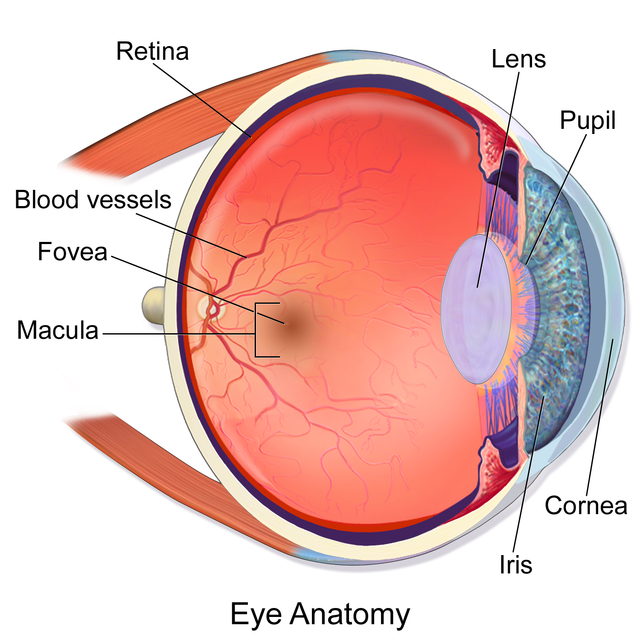Age-Related Macular Degeneration
Age-related macular degeneration (ARMD) is a disease of the macula, an area of the retina that is responsible for central vision (i.e. reading, seeing sports scores on a TV, reading signs while driving) of the eye. Damage to the macula can be serious and sight-threatening.

There are two main types of ARMD, dry and wet.
Dry (nonexudative) ARMD is the most common form of ARMD, and it is the leading cause of vision loss in adults after age 50. In dry ARMD, the macula becomes damaged by waste products (called drusen) that build up over time. The central vision can worsen, and wavy lines and blank spots may appear in the center of the vision. There is no way restore the vision, but a careful comprehensive eye exam can determine the severity of the disease and the level of risk for significant progression. For patients at a certain level of risk, a specific vitamin combination has been shown to decrease the risk of developing wet (exudative) ARMD but not to improve the vision. The vitamin combination is available over the counter and is sold under multiple brand and generic names.
Wet (exudative) ARMD occurs when new blood vessels grow under or within the retina. The new blood vessels can cause swelling or bleeding that significantly damages the vision. Years ago, the presence of new blood vessels in ARMD commonly led to blindness, but fortunately there are new medications that can be injected into the eye to help preserve visual function. Some of these medications include: Avastin, Lucentis, and Eylea.
